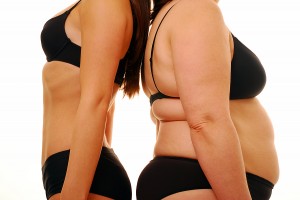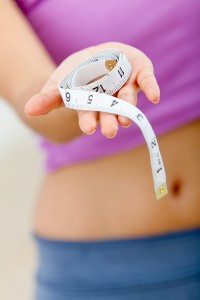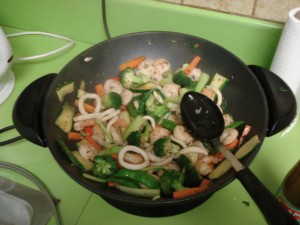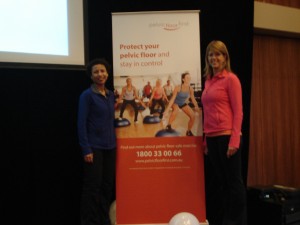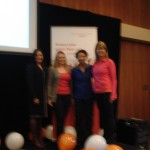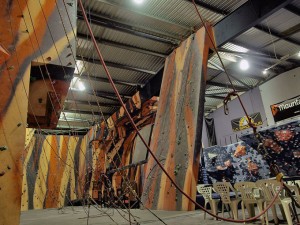I have been refreshing over all my anatomy books lately so as a result you are going to read an article I wrote with my science hat on.
It is a bit technical for which I apologise but personally I find it interesting and it also relates to my previous article I want to look like her
There are three predominant body types. The ectomorph, mesomorph and endomorph. To train better, you should get to know your body better.
Toward the end of the second week of an embryos development there are three primitive layers already being outlined: the outer layer called ectoderm; the middle layer, called mesoderm; and the deep layer, called endoderm.
Each of these layers gives rise to specific parts of the organism.
- Ectoderm forms both epidermis (skin), sensory organs, central nervous system and peripheral nerves
- Mesoderm forms the bones and muscles, urogenital organs, cardiovascular system and the blood
- Endoderm forms the intestinal mucosa and related glands
The predominance of one of these three layers during growth provides the person with a well defined body type.
Ectomorph
Ectomorphs appear fragile and delicate, they are lean and narrow in the shoulders. Although slender, their skeletons are prominant and the almost complete absence of fat reveals all the fibres of the muscle system even when it’s not really developed.
Their thyroids are generally hyperactive, which accelerates their metabolisms so that they need to consume lots of calories to maintain weight. Ectomorphs who try to fill out can train daily because their bodies recuperate quickly, but they need a well balanced diet rich in protein. To gain weight they must consume more calories than they use. Ectomorphs often lack muscle tone and commonly have vertebral problems (like kyphosis, lordosis, scoliosis) due to lack of strength in erector spinal muscles and abdominal muscles. Ectomorphs need to increase muscle tone to correct postural issues.
Mesomorph
Mesomorphs tend to be muscular with large bones and thick joints. They have big clavicles and muscular shoulders, which give them a burly appearance. Their rib cages are well developed relative to their waistlines. One of the striking features of the mesomorph is they have powerful calves and forearms that can equal the thickness of the upper arm.
Because one of the effects of testosterone, the main hormone secreted by the testicles, is to increase muscle mass, naturally a large proportion of mesomorphs are men. However testosterone is also secreted (ALTHOUGH IN LESSER QUANTITY) by the adrenal gland, so some women are also muscular mesomorphs types because of the increased activity of these glands. Remember though their development never matches that of male mesomorphs (it’s ok you won’t ‘bulk up’ like men).
Mesomorphs respond to intense activity, they often need to be active. They can successful at most sports, however, their significant muscle mass is kind of a handicap in endurance activities such as long distance running. Only when they overeat do mesomorphs develop weight problems, whereas even moderate training allows them to maintain a toned athletic physique.
Endomorph
Endomorphs tend to be chubby. The development of their fat layer erases the muscle outline, which gives them a soft appearance. Their extremities are ham-like, coming to a point with relatively predominant thighs and upper arms above the calves and forearms. Although endomorph skeletons are not as fine as ectomorphs, they are also not as thick as the mesomorphs.
The greater development of their digestive system gives them a thick, sometimes potbellied waist. The endomorph type is more frequent in women, whose digestive systems are proportionately more developed and in whom fat is more abundant
Endomorphs have lazy thyroids; their metabolism is slow and recovers more slowly than the other body types. On the other hand they don’t need to eat a lot, which is a significant advantage during scarcity. To lose weight, they often must follow restrictive diets that ultimately lead to nutritional deficiencies that will affect their health.
Endomorphs rarely have back problems, their spines are swaddled by the significant volume of their torso and have adapted to the masses they must support by losing some of their curves, which give them a columnar shape. On the other hand they frequently have knee problems. In fact the volume that they have acquired before the end of their growth deforms their legs.
To keep in shape and to try to limit the amount of fat they carry, endomorphs need to combine regular training with a strict diet while taking care not to overtrain and avoiding nutritional deficiencies.
Please keep in mind that there are no pure body types, you will find that most people will be a mixture of all three in various proportions with one or two predominating. For example a sprinter is often a mesomorph-ectomorph, or the model with the svelte figure – more of an ectomorph as is the long distance runner.
The important thing is to recognise your individual predominance so that you can have an appropriate training program. One type cannot be turned into another, if you are shorter and stocky with thick bones, you cannot look like the tall twig like model. However training can help people tone up by limiting the development of fat while firming up your predominant shape
